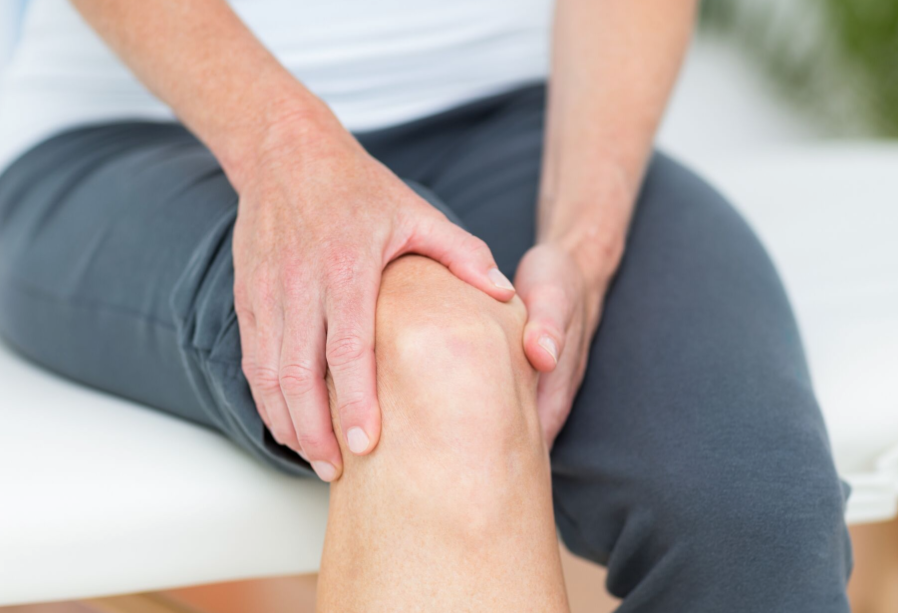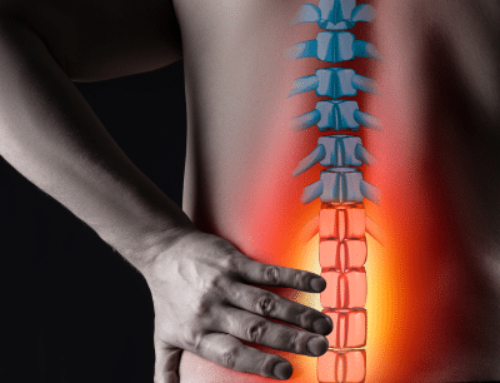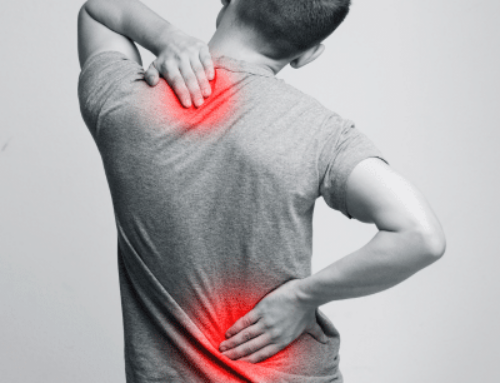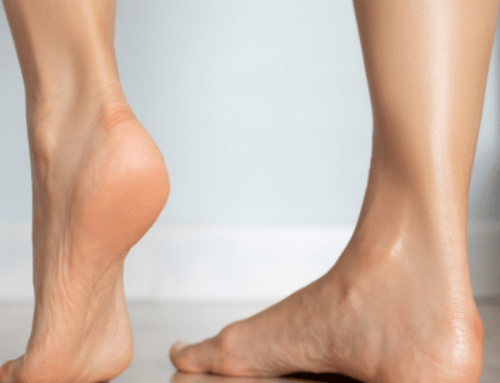 It is no secret that many people, especially those in middle-age and older, suffer from pain on a daily basis. Most of these people are quick to assume they have arthritis when afflicted with pain and tenderness in their joints and many would be correct. However, there are several lesser known conditions that can be easily mistaken for arthritis, one of which is bursitis. Hampton Roads Orthopaedics Spine & Sports Medicine’s team of orthopaedic specialists have the experience and knowledge to recognize and treat bursitis.
It is no secret that many people, especially those in middle-age and older, suffer from pain on a daily basis. Most of these people are quick to assume they have arthritis when afflicted with pain and tenderness in their joints and many would be correct. However, there are several lesser known conditions that can be easily mistaken for arthritis, one of which is bursitis. Hampton Roads Orthopaedics Spine & Sports Medicine’s team of orthopaedic specialists have the experience and knowledge to recognize and treat bursitis.
Bursitis and Bursae
Bursitis is similar to arthritis in the sense that both are caused by inflammation. The difference is that bursitis does not occur in bone, but in the bursae. Bursae are small, fluid-filled sacs that act as a cushion between the bones of a joint and its skin, tendons and ligaments to alleviate friction. Over time the bursae can become irritated and inflamed which causes pain. This most commonly occurs in the hips, knees, shoulders, and elbows but can develop in other joints as well.
Causes
Bursitis is most commonly caused by repetitive movements such as those in baseball, tennis, or other sports. People with jobs or hobbies that require frequent lifting or long periods of kneeling also have an increased probability of irritating the bursae. While not as common, bursitis can also stem from an injury or from an underlying condition such as rheumatoid arthritis. There are several signs to look for if you believe you may have bursitis.
Symptoms
Common symptoms of bursitis are:
- Swelling at the joint
- Redness and warmth to touch
- Tenderness to pressure or touch
- Stiff or aching joints
Most of these symptoms are common to more than one condition which is why it is beneficial to see a doctor for accurate diagnosis and treatment. Doctors typically perform a physical exam sometimes combined with imaging or lab tests to make a positive diagnosis. If left untreated bursitis can become chronic, and in rare cases septic, so early intervention is best.
Treatment
Typical treatment recommendations include rest and ice of the affected joint, and may also include physical therapy. In more serious cases an antibiotic may be prescribed or surgery performed to drain the bursa. Those who have had bursitis or wish to prevent it should avoid positions that place prolonged pressure on the knees and elbows or use pads when in these positions. They should also take regular breaks when performing tasks that require repetitive motion of a joint.
If you think you may be suffering from bursitis or would like more information about the condition, please contact Hampton Roads Orthopaedics Spine & Sports Medicine for an appointment with one of our specialists. Our team is committed to helping you get back to doing what you love!






